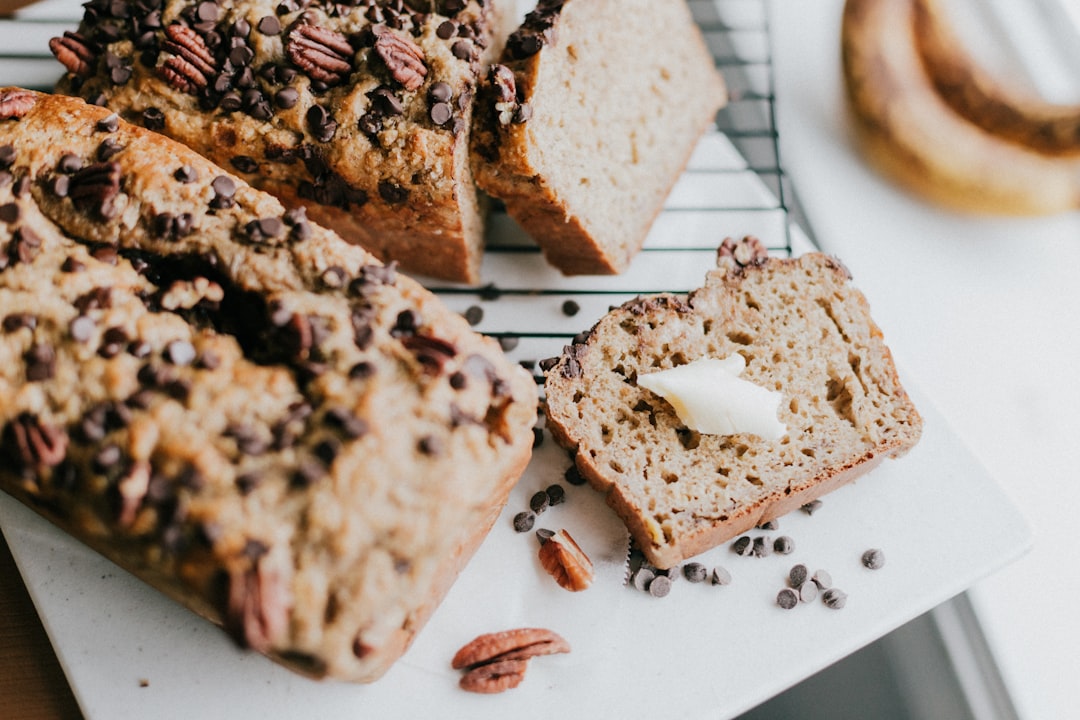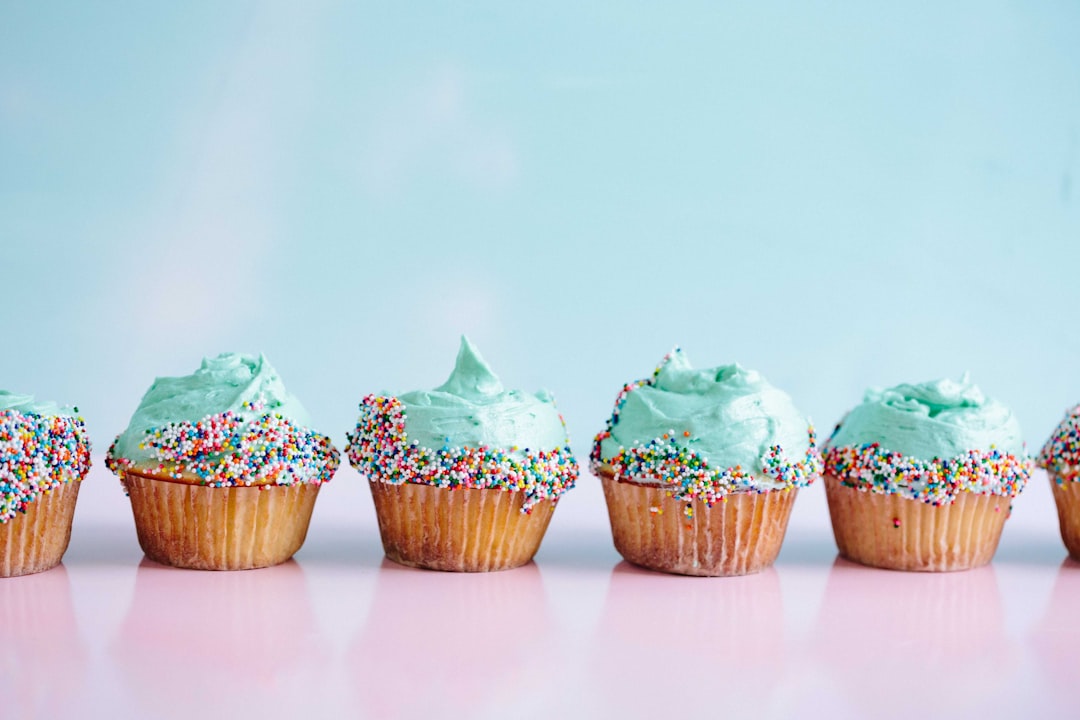Baking 101: How to Bake a Perfect Cake
Introduction
Welcome to the joyful world of baking! Whether you’re a novice starting your journey or a seasoned baker looking to perfect your cake-baking skills, this guide is designed for you. Baking the perfect cake can be as rewarding as it is delightful. It’s not just about following a recipe—it’s about understanding the science behind the ingredients and the techniques. From choosing the right tools to mastering the baking process, we’ll guide you through everything needed to create that flawless cake every time. Get ready to impress your friends and fam with your baking prowess!
Tips for Baking a Perfect Cake
 Image courtesy: Unsplash
Image courtesy: Unsplash
Selecting the Right Ingredients
Achieving the perfect cake starts with choosing high-quality ingredients. The type of flour you use can dramatically affect the texture of your cake. For most cakes, all-purpose flour works fine, but for a lighter texture, consider using cake flour. Sugar isn’t just for sweetness; it can also affect the moistness and color of your cake. Use granulated sugar unless the recipe specifies otherwise. Eggs should be fresh and, ideally, at room temperature to ensure they blend more seamlessly into your batter. Don’t forget the leavening agents like baking powder or soda, which are critical for a good rise. Lastly, use real butter for richness and flavor, opting for unsalted to control the sodium.
Importance of Measuring Accurately
One of the most common baking pitfalls is inaccurate measuring. For precision, use a digital scale to measure your ingredients. If you don’t have one, make sure to use the proper technique with standard measuring cups and spoons: ingredients like flour should be spooned into the measuring cup and leveled off, not scooped directly from the bag, which can compact the flour leading to dry cakes. Ingredients that need more precision, such as baking powder or soda, should also be measured with care, as even slight deviations can affect the cake’s rise.
Steps to Perfect Cake Baking
Preparing the Batter
The key to a smooth, uniformly textured cake batter is in the mixing. Start by creaming the butter and sugar together until the mixture is light and fluffy, which introduces air into the batter, aiding in the rise. Add eggs one at a time, fully incorporating each before adding the next. When it’s time to add your dry ingredients, do so in increments, alternating with any liquid ingredients (like milk or water), and mix just until the batter comes together. Over-mixing can lead to a tough cake, as it develops the gluten in the flour. For flavorings like vanilla or almond extract, fold them in at the end of mixing.
Using the Correct Baking Pan
The pan you choose can significantly impact the outcome of your cake. Non-stick pans are popular for easy removal of the cake, but make sure they are in good condition and lightly greased (and floured, if necessary) to prevent sticking. Consider the pan’s material and color: darker pans can absorb more heat, potentially causing the sides of your cake to bake faster than the middle. If you’re using a dark-colored pan, you may need to reduce the oven temperature by 25 degrees Fahrenheit to prevent this issue. Also, make sure to use the pan size recommended in the recipe to avoid overflowing or undercooked cakes.
Baking and Cooling Techniques
Baking the cake at the right temperature is critical. Preheat your oven for at least 10-15 minutes before putting your cake in; an oven thermometer can help verify that the temperature is correct. Place the cake in the center of the oven to ensure even cooking. Resist the temptation to open the oven door too often as it can cause fluctuations in temperature that may lead to a collapsed cake. Once baked, let the cake cool in the pan on a wire rack for the time specified in the recipe, then carefully remove it from the pan to cool completely. Cooling is essential as it sets the structure of the cake, making it less likely to break or crumble when you cut into it.
By following these careful selection, measuring, preparation, and baking techniques, you can dramatically increase your chances of baking a perfect cake. Whether you’re a novice or a seasoned baker, these steps will help guide you to sweet success in the kitchen.
The Foolproof Perfect Cake Recipe
 Image courtesy: Unsplash
Image courtesy: Unsplash
Every baker needs a go-to recipe that never fails to impress. Below, I’ve detailed a foolproof cake recipe that can serve as a base for countless variations, ensuring you achieve that perfect cake every time.
Ingredients:
– 1 cup unsalted butter, softened
– 2 cups granulated sugar
– 4 eggs, at room temperature
– 1 tablespoon vanilla extract
– 3 cups all-purpose flour
– 1 tablespoon baking powder
– 1/2 teaspoon salt
– 1 cup milk, at room temperature
Instructions:
1. Preheat and Prep: Preheat your oven to 350°F (175°C). Grease and flour two 9-inch cake pans or line them with parchment paper circles.
2. Creaming Butter and Sugar: In a large mixing bowl, cream the softened butter and sugar together until light and fluffy. This process is crucial as it incorporates air into the batter, giving your cake a light texture.
3. Add Eggs and Vanilla: Add the eggs one at a time, ensuring each is fully incorporated before adding the next. After the eggs, blend in the vanilla extract.
4. Mix Dry Ingredients: In a separate bowl, sift together the flour, baking powder, and salt. This ensures there are no lumps and helps to evenly distribute the baking powder and salt.
5. Combine Mixtures: Alternate adding the dry ingredients and the milk to the butter mixture, starting and ending with the dry ingredients. Mix just until the ingredients are combined and handle the batter gently to avoid deflating the mixture.
6. Bake: Pour the batter evenly into the prepared pans. Tap the pans gently on the counter to release any large air bubbles. Bake for about 25-30 minutes, or until a toothpick inserted into the center comes out clean.
7. Cool: Let the cakes cool in the pans for 10 minutes, then turn out onto a wire rack to cool completely. Ensuring the cake is completely cool before decorating is key to a smooth frosting application.
Remember, patience is as important as precision in baking. Allow yourself the simplicity and satisfaction of following this detailed method to ensure your cake comes out perfect every time.
Decorating and Serving Tips for Your PerfectStatus
Once your cake has cooled and you’re ready to move on to decorating, these tips will help you enhance the appearance and taste of your cake, making it a delight for both the eyes and the palate.
Simple Syrup for Moisture:
If you find your cakes tend to be dry, brushing them with simple syrup (equal parts sugar and water, heated until the sugar dissolves) before frosting can keep them moist. Allow the syrup to soak in for a few minutes before you start to frost.
Frosting Choices:
– Buttercream: Versatile and fluffy, buttercream is ideal for both filling and covering cakes. It’s also great for piping decorative details.
– Cream Cheese Frosting: For a tangier flavor, especially good with carrot or red velvet cakes.
– Whipped Cream: Lighter and less sweet, perfect for less heavy cakes such as sponges or chiffon.
– Ganache: A rich mixture of cream and chocolate, ganache is excellent poured over cakes for a smooth finish.
Applying Fondant:
For a sleek and professional appearance, fondant can be rolled out and draped over a layer of buttercream, smoothing the surface as you go. Remember, the key to great fondant lies in ensuring no air bubbles or wrinkles.
Decorative Details:
– Edible Flowers: Add a touch of elegance with edible flowers that complement the flavor and color of your cake.
– Fruit: Fresh berries or beautifully sliced fruit can create a vibrant, fresh decoration and add a hint of natural sweetness.
– Sprinkles or Edible Glitter: For a fun and festive touch, sprinkle some colorful decorations over your frosting.
Serving Suggestions:
When it’s time to serve your cake, ensure it’s at room temperature to maximize flavor. Pair with a cup of coffee or a glass of milk, or for more formal occasions, a sweet dessert wine complements rich cakes beautifully.
Conclusion
Concluding our cake baking guide, mastering the art of baking a perfect cake is within reach for anyone willing to follow detailed instructions, practice, and bring a touch of creativity into their kitchen. Remember, the key ingredients for success are precision in measurement, control of oven temperature, and the love for baking. By embracing these baking tips and the foolproof cake recipe provided, your kitchen endeavors can transform from ordinary to extraordinary. Happy baking!





